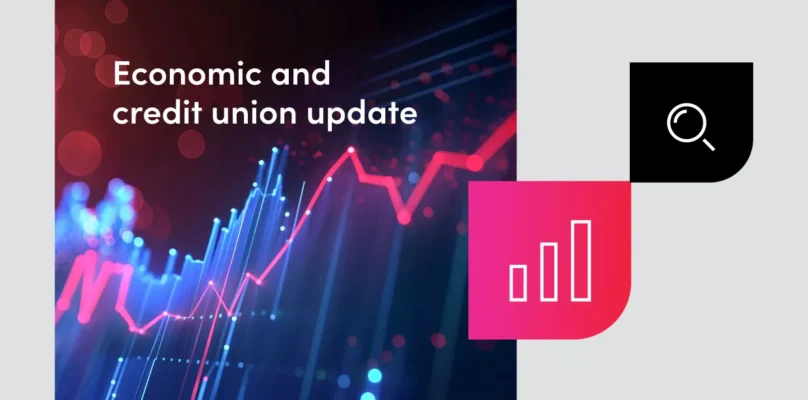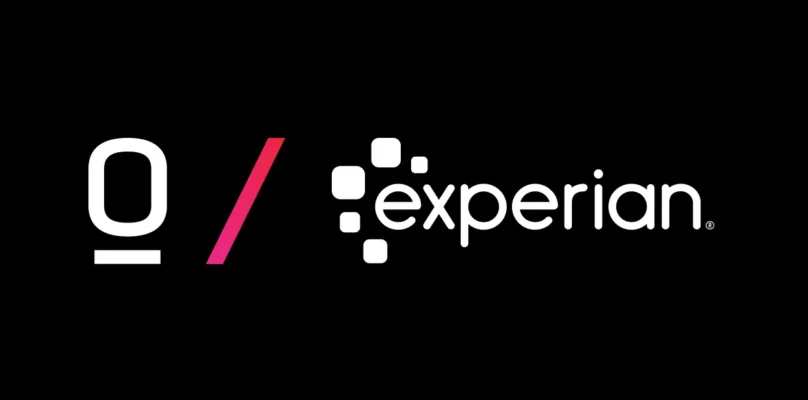The latest trends in consumer credit risk and fraud schemes, along with strategies to address these threats, were in the spotlight during a recent webinar by Origence, billed as Emerging risk trends and best practices. Insights from TransUnion Vice President of Card and Banking Sean Flynn and Senior Director of Auto Market Development T.J. Cox provided credit union leaders with vital information to navigate marketplace challenges and prepare for a future where attention to small details could significantly impact business outcomes.
Consumer credit quality and risk
Consumer credit risk distribution across the credit score spectrum continues to exhibit a “barbell effect,” with more than half of consumers who carry credit balances concentrated at the extremes of the scale. A record percentage, accounting for more than 40% of the consumers with loans, are now considered super prime with scores above 781. At the other end of the barbell, subprime borrowers with scores below 600, the numbers have grown to 14% and are starting to approach pre-pandemic levels. Total balances follow a similar trend, with balances growing for both super prime and subprime consumers.
Looking at measurements of consumer liquidity—how tight consumers are with their cash right now—things haven’t changed much in the past five years. Monthly obligations remain high but have not outpaced the cost of living. Although the raw numbers are higher, when adjusted for inflation, prime plus and super prime borrowers are facing lower minimum monthly payment obligations than in 2019. Some may have whittled down the balances of their opportunistic borrowing while rates were low. The budget pressure on the remaining risk tiers remains mostly flat, neither growing nor getting smaller.
Consumer delinquency and charge-offs are up a bit, but that trend appears to have leveled off over the past 18 months. Charge-offs, which had been climbing since 2021 Q3, have backed off from their peak about a year ago but remain a persistent challenge.
More than 40 million people have a federal student loan balance, and nearly 18 million had a payment due in December 2024. Three years ago, 67% of those student loan obligations were paid as agreed. That percentage has now dropped to below half—only 49% of payments due in December were remitted on time.
Checking on new loan origination, in the second half of 2024, many credit unions saw solid growth in HELOC balances as consumers tapped into the equity generated by the rapid escalation of home values. Other products did not fare as well, with new loan origination growth in negative territory for autos, first mortgages, cards, and personal loans. Auto loans—often referred to as the “bread and butter” of credit union lending—continue to trend downward. Year-over-year auto balance growth has decreased for the past five quarters. Independents and other banks are gaining market share in auto lending, possibly because of greater tolerance to roll in negative equity as trade-in values plummet. The trend of declining used car prices will contribute to lender risk as consumers face collateral values that won’t pay off their loan balance, including some who could be tempted by strategic default.
Emerging fraud trends and mitigation
Delinquencies and tight margins aren’t the only risks to manage for credit union lenders. Fraud continues to be a difficult and potentially expensive challenge, and malicious actors are driving rising losses. One-quarter of all credit card losses are suspected to be attributed to credit abuse.
One of the biggest challenges lenders face today is synthetic identity fraud, where piecemeal elements of a real consumer’s credit profile might be recycled and combined to fabricate an entirely new identity. To the financial institution, they might appear as authorized users or “thin file” applicants, and they are very difficult to catch early on. The incidence of synthetic identities in both the application for and issuance of credit cards has been rising dramatically. While it remains a fractional percentage of overall card activity, synthetic fraud card applications increased by 24% in one year. In comparison, the number of loans issued to synthetic identities grew by an even more remarkable 47%. TransUnion has achieved some success with modeling and data analysis that has flagged suspicious activity, allowing the lender to get an early jump on more focused investigations to detect potential synthetic identity fraud.
The volume of account takeover fraud attempts has grown explosively in the past several years, including a 500% year-over-year increase in reported call spoofing scams. Nearly three in 10 consumers have reported being victims of account takeover scams. These occurrences often involve a social engineering interaction that convinces consumers to divulge passwords and compromise two-factor authentication protocols, allowing fraudsters to gain access and drain accounts.
Incorporating alternative data and trend analysis into credit risk management strategies helps credit unions gain a more comprehensive view of the member’s credit risk profile. Lenders have learned that enhancing traditional credit scoring models with alternative risk scores allows them to identify hidden risks and uncover opportunities that might otherwise have slipped by.
A successful lending promotion attracts new members, and credit unions must remain vigilant against new account fraud while establishing the account and underwriting the loan request. These challenges intensify in online interactions, especially when involving third parties such as auto dealers. Identity and document verification should strike a balance between security and minimal consumer friction.
Risk mitigation best practices for credit unions
Beyond providing insights into credit risks, fraud, and liquidity challenges faced by credit unions, TransUnion outlined several best practices to help credit unions better manage these threats.
- Leverage auto refinance campaigns to recapture lost market share. Auto lending has historically been considered the “house special” on many credit union menus. Credit unions are urged to go back to their roots and promote auto loan refinancing as a strategy to grow balances. Advances in data and marketing strategies now enable credit unions to go beyond the simple preapproval mailer and appeal to individual consumer preferences. Opportunities to capture market share may come from consumers who have shown a willingness to switch lenders to reduce their payment by as little as $10/month. Targeted marketing can be used to customize solicitations designed to appeal to rate-sensitive members in one format and payment-sensitive members in another.
- Mitigate emerging risks with credit and identity data. Understanding and addressing the increasingly sophisticated tactics of fraudsters should be a part of every credit union’s strategic efforts. Fighting identity fraud is challenging in person and even harder when conducting business online or with the involvement of third parties such as dealers and retailers. Trended and alternative credit data can help establish the most comprehensive view of the consumer’s credit risk profile. A strong identity verification protocol at origination reduces fraud risk and improves both member experience and satisfaction while providing a foundation to prevent future threats.
- Create more consistent portfolio management routines. Most credit unions understand that their best chance to fight delinquency is to initiate mitigation efforts before the borrower misses a payment. As consumer affordability, spending patterns, liquidity, and debt loads continue to evolve, ongoing portfolio risk management will require more frequent and in-depth analysis. Best practices include proactive efforts to identify risk factors and flag unusual developments for more analytical attention. While changes in consumer behavior don’t always signal a problem, they can serve as early warning indicators of potential future concerns.
- Develop an enterprise identity strategy to create a unified view of consumers. Creating a more consistent view of the consumer identity offers multiple benefits, starting with the consumer’s perception that “my credit union knows me”. It makes identity fraud harder, encourages better data hygiene, enables more personalized offers, streamlines the experience, and provides more effective account management strategies. Integrating strategic analysis—such as fraud alerts, trended and blended scores, synthetic identity fraud models, and manual reviews—are all considered best practices for developing a unified view of the consumer. This unified view of identity can be leveraged across the enterprise and remain connected throughout the account lifecycle.
Credit risk and fraud mitigation remain significant challenges, but leveraging business partnerships can provide access to the tools needed to stay ahead of these persistent risks and continue serving members. The strategic application of sophisticated technology tools, combined with diligence, will give credit unions the edge they need to meet the demands of today’s marketplace.”













